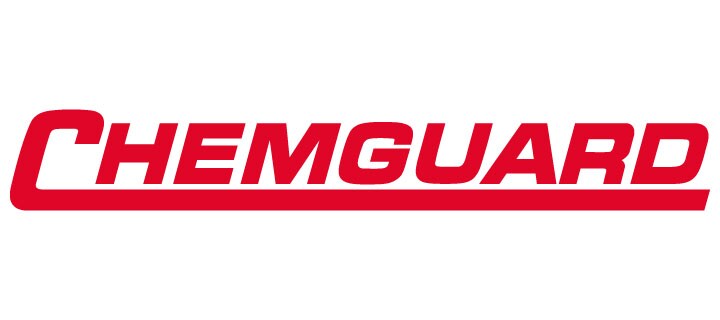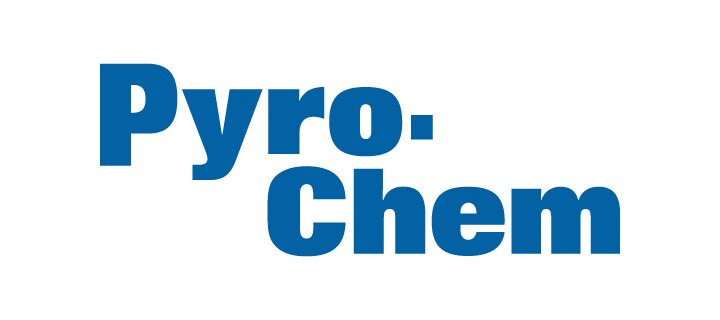Why Carrying Out Two-Yearly Sprinkler Tank Inspections are Vital
Water storage tanks are an integral component of most automatic fire sprinkler systems and ensuring that they are fit for purpose, kept in good condition, and remain dependable for the duration of their lifespan forms an essential part of system care and maintenance.
LPC Rules for Automatic Sprinkler Installations: 2015 incorporating BS EN 12845 and specifically TB203 “Care and Maintenance of Automatic Sprinkler Systems” recognises the importance of ensuring the continued availability of the stored water required for the sprinkler system to operate in a fire condition.
As well as requiring the sprinkler servicing contractor to check the operation of the tank ball valves and the general integrity and condition of the tank on a Quarterly basis, TB203 also requires a more detailed inspection to be carried out every two years by a specialist water storage tank manufacturer or a specialist sprinkler water storage inspection/refurbishment contractor.
TB203.3.5.2 contains a comprehensive list of almost twenty different checks that are required to be carried out during this two-yearly routine, which on completion, includes the production of a detailed written report provided outlining the findings, including any remedial works which are required.
These checks include but are not limited to; ultrasonically checking the thickness of the tank shell panels to assess the extent of any corrosion, checking the condition of the tank roof and its supports, checking the condition of the tank liner, and checking the condition of all associated tank ancillary components such as the vortex inhibitor and access ladders and cages.
Internal checks are permitted to be carried out using submersible remotely operated camera equipment, (ROV’s) which provide a practical means of conducting an initial condition assessment of parts of the storage tank, which would otherwise not be possible without draining the water from the tank.
This method, as well as lessening the environmental impact which may be created by wasting thousands of litres of water, also ensures that the sprinkler system remains fully operational while the inspection is being carried out.
As with any care and maintenance inspection procedure, the intent of these checks is to reduce the risk of complete tank failure, which the two-yearly procedure will help prevent. This is achieved by early identification of any problems which could ultimately result in catastrophic failure, severe damage, and the Health and Safety risk which the escape of large volumes of water may create.
There have been several instances recently whereby the integrity of some sprinkler water storage tanks has been severely compromised, and the associated discharge of the escaping water deluge has resulted in irreparable tank failure, severe localised structural and water damage, and subsequent system impairment for a prolonged period. Serious issues which could have been avoided had they been identified and addressed earlier.
For a sprinkler service and maintenance contract to be considered fully compliant and therefore meeting the requirements of LPC Rules for Automatic Sprinkler Installations: 2015 incorporating BS EN 12845, the Regulatory Reform (Fire Safety) Order 2005 and insurance company requirements, sprinkler systems (including the two-yearly tank inspection) must be regularly serviced and maintained in accordance with the current standards.
For more information and advice on Fire Sprinkler Systems and effective Service and Maintenance, please contact our team using the form below.

























.png?la=en&h=70&w=157&hash=717A494A27ED61C45CEF95AC3A9C6309)







































